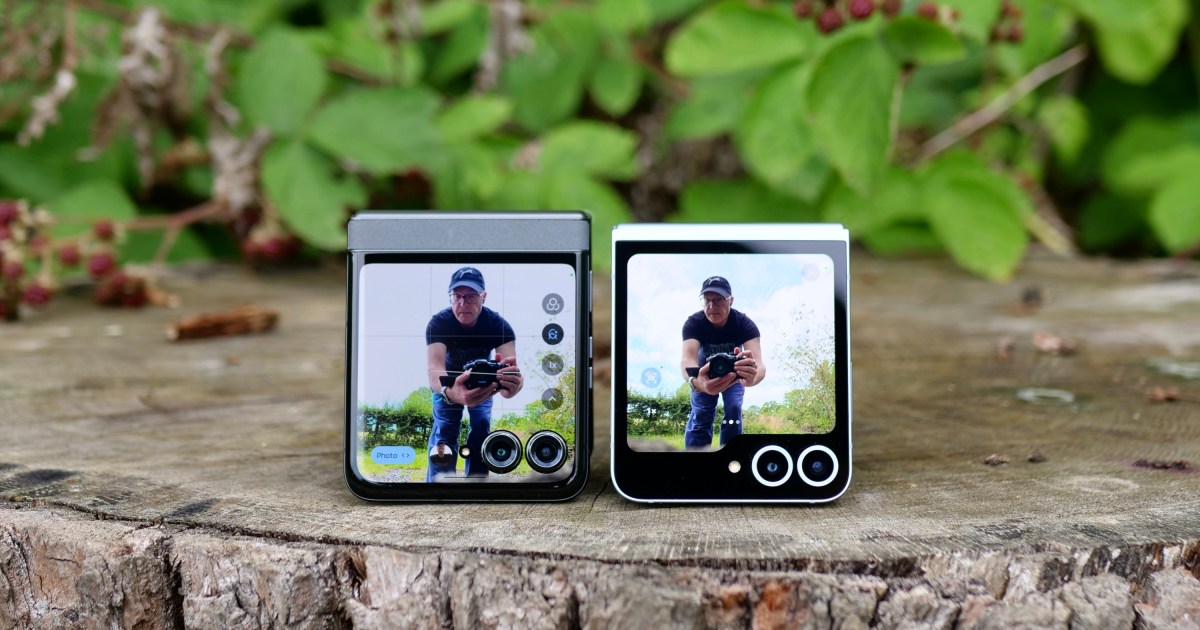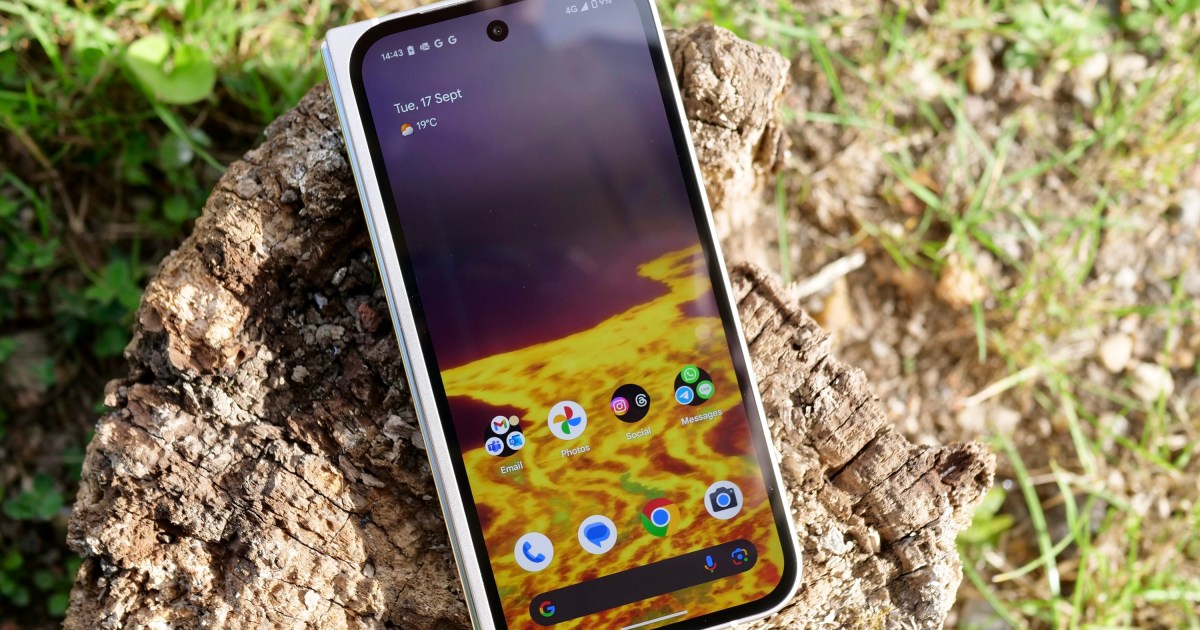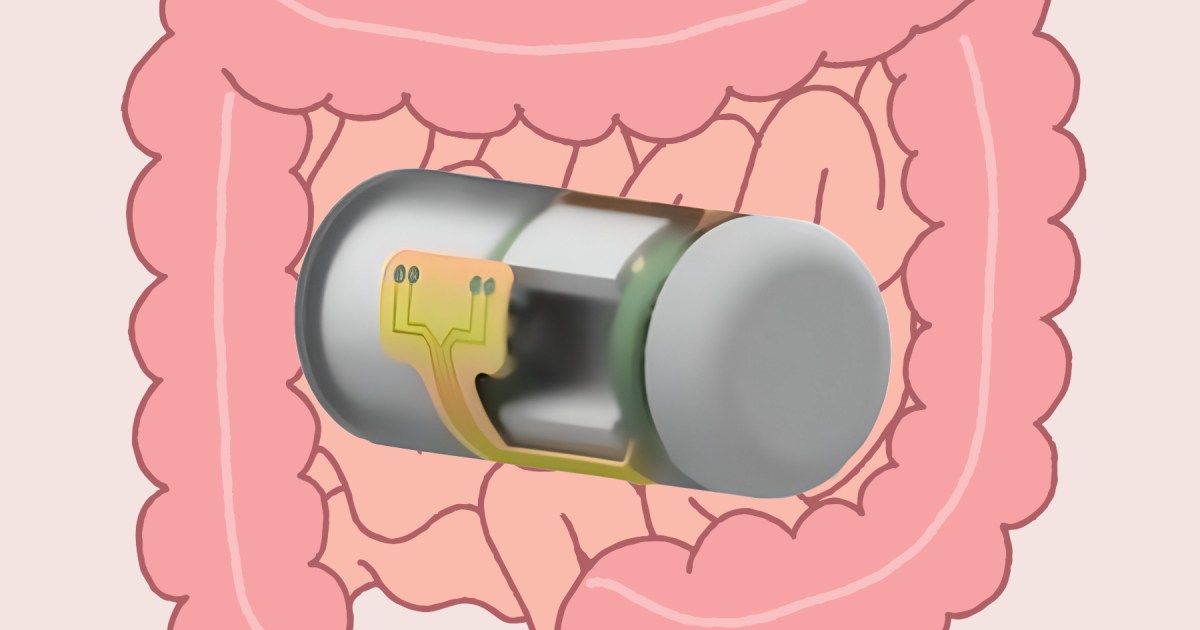Recent leaks and rumors surrounding the iPhone 17 have heavily focused on a potential camera system overhaul. While several renders have visualized different possibilities, a newly surfaced photo purportedly taken from the assembly line may offer a glimpse of the final design.
Leaker Majin Bu shared an image on X, claiming it depicts the iPhone 17 Pro Max, or at least its metal chassis. The visible camera configuration aligns with previous rumors suggesting a full-width camera bar spanning the back of the phone. This design places the lenses on the left side, while the microphone, flash, and LiDAR sensor reside on the right.
This full-width camera bar design isn’t entirely new in the smartphone landscape. Companies like Google have already implemented similar configurations in their devices. The reasoning behind Apple’s potential adoption of this design remains unclear. One possibility is that the bar aims to provide a uniform thickness across the back of the device, enhancing stability when placed on a flat surface.
Current iPhone models with pronounced camera bumps on one side often wobble when the screen is pressed on the opposite side, creating a frustrating user experience. However, renders of the rumored iPhone 17 Pro Max design indicate that the lenses might still protrude more than the elements on the right side of the bar. This raises concerns that the new model could suffer from similar stability issues as its predecessors.
Camera bumps, in general, are a less-than-ideal design element. A truly flat camera system would be preferable, but the ongoing trend of larger and more advanced camera sensors makes this unlikely in the near future. The hope remains that the technological advancements within these upgraded cameras will justify the persistent camera bump.
In conclusion, the leaked photo provides a compelling visual clue about the potential camera redesign of the iPhone 17 Pro Max. While the full-width camera bar design offers potential stability improvements, it remains to be seen whether it will effectively address the wobble issue and whether the advancements in camera technology will outweigh the aesthetic compromise of a protruding camera system.








